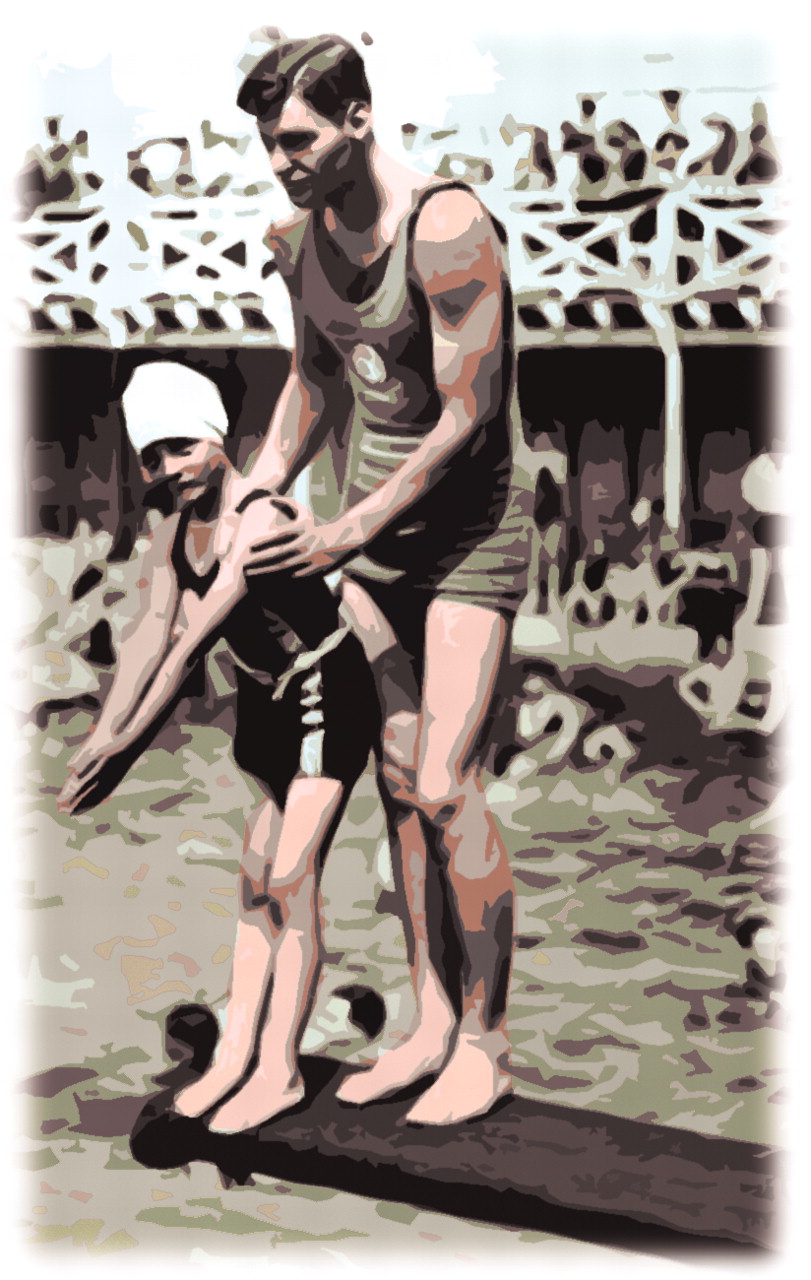Seven years ago when Ian Tofler, M.D., was a consulting psychiatrist at Children’s Hospital in New Orleans, he witnessed what the pressure to succeed athletically can sometimes do to children.
An 11-year-old girl, an elite gymnast competing at the highest levels, had fractured her spine. Until the spine was stabilized, Tofler said, it was “touch and go” as to whether the girl would walk again.
Though a child’s entire life was now in question, the reaction of some adults who had invested themselves in her gymnastic prowess was narrowly, strikingly, focused on one dimension of that life—as epitomized by a coach who was overheard to say, “There goes my chance to coach a big-time athlete.”
That comment, and the reaction of other adults who saw in the child what Tofler called “an instrument of their own ambition,” underscored for him not only the toxic involvement of some adults in the achievements of children, but the encompassing role of athletics in the life of American children.
That year, Tofler started a committee on sport psychiatry at the American Academy of Child and Adolescent Psychiatry. The experience with the child gymnast also moved him to cowrite an article in the February 1999 Journal of the American Academy of Child and Adolescent Psychiatry on what Tofler called “achievement by proxy”—a syndrome covering a spectrum of behaviors from normal pride in a child’s achievement to abuse.
To Tofler, athletics was an area of child development that had been curiously neglected by psychiatry.
“Historically, psychiatry hasn’t dealt with the developmental issues that sports normally present to boys and girls,” he said. “There has been a bias away from the physical and motor aspects of development. But even something like not being picked for a team can affect self-esteem and identity and a child’s attitude toward sports as the child grows up.”
Interest Growing
Since then, presentations on the subject of sports and athletics have become more common at the academy’s meetings. Moreover, attention to the role of athletics in the life of a child has merged with a widening interest in the psychiatric and psychological dimensions of amateur and professional sports among adults.
Today, “sport psychiatry” constitutes a kind of unofficial subspecialty of sports medicine. The International Society of Sport Psychiatry (ISSP), whose Web site is www.mindbodyandsports.com/issp/, has 110 members, some of whom work for professional teams or individual athletes, according to Ronald Kamm, M.D., president of the society.
Kamm said the evolution of sport psychiatry began with cognitive and behavioral approaches to improving competitive performance. He noted that Max Novich, M.D., whom he called a “father of the field of sport medicine,” was a boxer interested in how aggression could be marshaled for victory in other sports without becoming violent.
Kamm traces his own interest in the field to his days as a fencer at the University of Pennsylvania in the late 1960s, when he observed that the sport sometimes referred to as “physical chess” could be as much a mind game as a sword-wielding contest.
A contestant who forcefully grabbed an opponent’s blade prior to a match, for instance, could exert a symbolic psychological dominance that would often translate into victory.
“I was impressed with how sometimes you could tell who was going to win a fencing match just by the way the fencers tested their weapons on each other,” Kamm told Psychiatric News. “The one who took charge often dominated the match.”
Since then, however, sport psychiatry has evolved beyond approaches to improving competitive performance to include treating mental illnesses that can afflict athletes. Today, psychiatrists treat competitors whose performance may be compromised by an underlying depression or anxiety, Kamm noted.
In 1992 an article by Dan Begel, M.D., titled “An Overview of Sport Psychiatry” appeared in the American Journal of Psychiatry and helped to catalyze the formation of the ISSP. An early, influential figure in the field and a past president of the society, Begel, and Robert Burton, M.D., another past president, edited the textbook Sport Psychiatry (Norton, 2000).
Reforms Urged
The field has also found a voice in urging reforms in sports that encourage damaging or pathological tendencies among competitors. Kamm recalled that following the success of diminutive Russian gymnast Olga Korbut in the 1970s, women’s gymnastics became increasingly focused on smaller body size as an element in success.
“The emphasis was on being small and thin, because you could flip and move about more easily if you weighed 70 pounds,” Kamm said.
When coaches saw girls begin to mature, they would admonish them to lose weight. Some prepubescent girls were “overtrained” to forestall menstruation, a tactic for maintaining a small body size for competition; ultimately, some girls died from anorexia.
Kamm credits sport psychiatrists—especially Tofler, who cowrote a 1996 New England Journal of Medicine article titled “Physical and Emotional Problems of Elite Female Gymnasts”—with persuading the international Olympic Committee to raise the age of eligibility for competitors in the Olympics from 15 to 16.
Coaches and competitors now receive training and instruction on the dangers of excessive weight loss, he said. “Gymnastics has taken a great step forward, largely because of the input of sport psychiatry,” Kamm said.
Such problems are not confined to gymnastics or to female athletes. Male wrestlers, too, have been known to engage in “binging and purging” to qualify for a lower weight class. “The vogue is to take a wrestler who weighs 120 pounds and have him wrestle at 108,” he said. “I have known wrestlers who cannot stop the bulimia, because it has become a habit. Serotonin is increased in the brain because of the behavior.”
Kamm said sport psychiatrists have also spoken out about violence—on and off the field—among professional football and hockey players. Like Tofler, he has taken a special interest in the verbal or mental abuse that child athletes may sometimes endure at the hands of adults seeking “achievement by proxy.”
Tofler and Kamm look forward to greater involvement of psychiatrists in sports medicine. And Kamm said that from its early days focused on the psychological components of competitive performance—a genre of interest dominated by behavioral psychologists—the field has evolved to include aspects that only a psychiatrist can provide.
“Psychiatrists bring something to the table that sport psychologists don’t have,” Kamm said. “Being more adept with the biopsychosocial model, we can diagnose underlying disorders and treat them with psychotherapy and medication, as well as using the cognitive-behavioral techniques of the sports psychologists. We are the specialists who most naturally interface with other medical personnel in the care of athletes—pediatricians, orthopedic surgeons, physical therapists, and sports medicine specialists.” ▪

